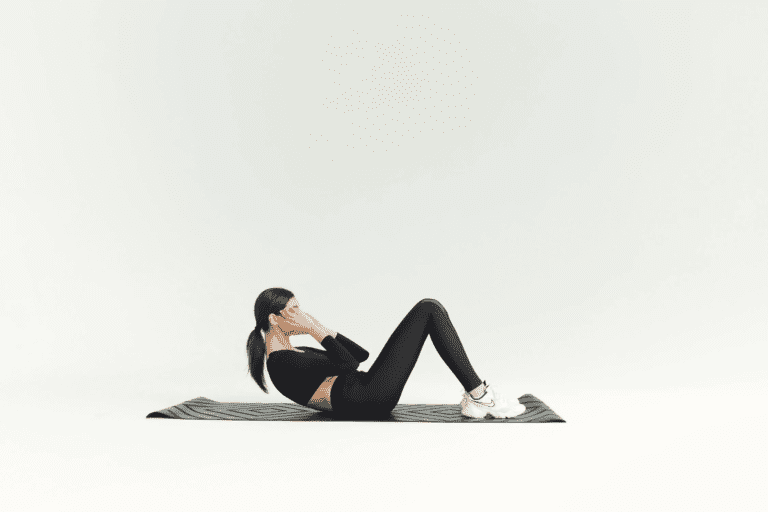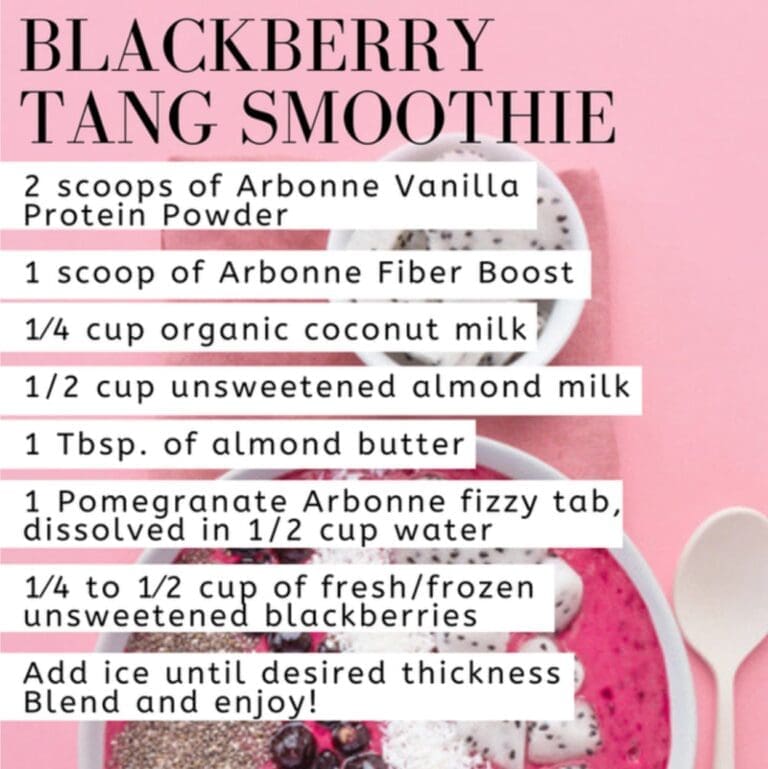As a personal trainer in San Mateo, I’ve heard a lot of misconceptions about cardio floating around the gym. From the idea that long, steady-state cardio is the best way to burn fat, to the notion that cardio will turn muscle into fat, these myths can lead to confusion and ineffective workout plans. In this blog post, I’m going to clear up some of the most persistent myths about cardio, so you can make the most of your workouts and achieve your fitness goals.
Myth #1: Long, steady-state cardio is the best way to burn fat.
Many people believe that the key to burning fat is to log long hours on the treadmill or elliptical. But the truth is, research has shown that high-intensity interval training (HIIT) is more effective at burning fat. A study published in the Journal of Obesity found that participants who did HIIT cardio lost significantly more body fat than those who did steady-state cardio. So, if you’re looking to burn fat, try incorporating some HIIT into your cardio routine.
Myth #2: Cardio is all you need to lose weight.
While cardio is an important component of a weight loss plan, it’s not the only one. In order to lose weight, you also need to be in a calorie deficit, which means you need to be burning more calories than you’re consuming. In addition to cardio, it’s important to incorporate strength training into your routine. Studies have shown that strength training can increase muscle mass, which in turn increases your metabolism. This means that you’ll burn more calories at rest, which can help you achieve your weight loss goals.
Myth #3: You should do cardio first thing in the morning on an empty stomach.
Many people believe that working out on an empty stomach will help you burn more fat. However, this belief is not supported by scientific evidence. In fact, working out on an empty stomach can lead to decreased performance and increased risk of injury. It’s best to have a small snack before you work out, and make sure you’re properly fueled throughout the day to support your exercise goals.
Myth #4: Cardio will turn muscle into fat.
This is a common concern among people who are worried about losing muscle mass to cardio. But it’s not possible for muscle to turn into fat. Muscle and fat are two different types of tissue. If you stop strength training and start doing cardio exclusively, you may lose some muscle mass. However, as long as you’re maintaining or even building muscle through strength training, you won’t have to worry about losing it to cardio.
Myth #5: The only good cardio is running.
Running is a great form of cardio, but it’s not the only one. In fact, running can be tough on the joints, especially for people who are overweight or have existing joint problems. There are plenty of other forms of cardio that are just as effective, such as cycling, swimming, and even rowing. The key is to find an activity that you enjoy and can stick to.
In conclusion, cardio is an important aspect of any fitness routine, but there are many misconceptions about it. As a personal trainer in San Mateo, my goal is to help you sift through these myths and make the most of your cardio workouts. Remember, cardio is not the only key to losing weight, it’s important to incorporate strength training and be in a calorie deficit as well. Always consult with a fitness professional before starting any new fitness program.







